And the company behind it is ran by a brilliant 26 year old hacker.


Very nice goal to have “all things connected” in Toyota’s and Microsoft’s case is “Singularity” lite meaning physical structures are connected; however, bio connection does not exist (only consumer profile information is available and integrated). This could be considered an interim state for Singularity.
The company called Toyota Connected has a goal of simplifying technology so it’s easier to use, perhaps even getting rid of distracting and complicated touch screens that now are in most cars and replacing them with heads-up or voice-activated technology, said Zack Hicks, the company’s CEO who also is Toyota Motor America’s chief information officer. Like other automakers, Toyota Connected will research connecting cars to each other and to homes, as well as telematics features that learn and anticipate a driver’s habits. The company, like other automakers, will explore transmitting a driver’s health data to a doctor or driving patterns to an insurance company so people are insured based on where they travel, Toyota said.
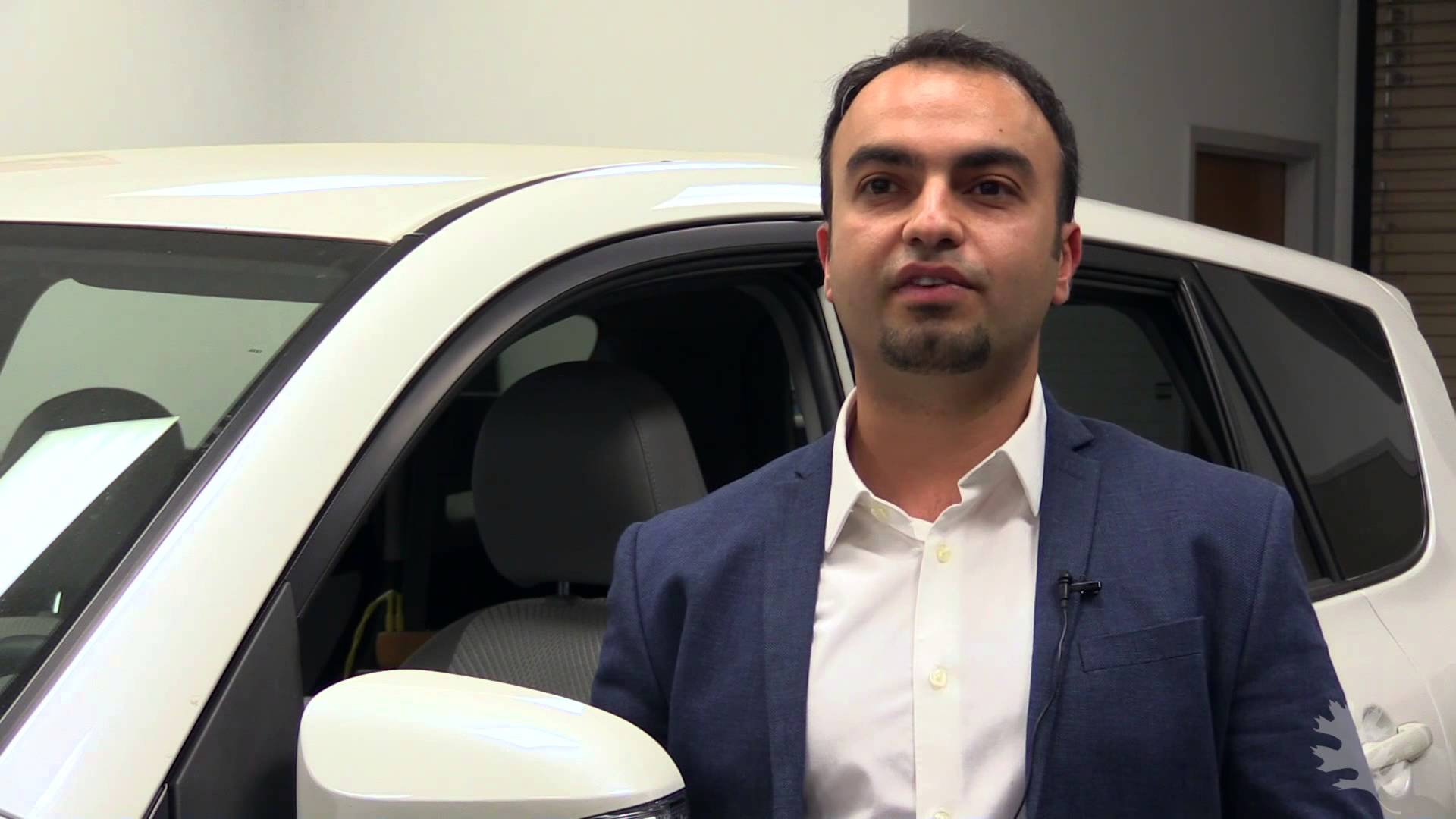
Oak Ridge National Laboratory (ORNL) has been working on a wireless charging system for EVs and plug-in hybrids for years. The goal is to create a system that makes charging EVs and hybrids easier for drivers and to make EVs and other plug-in vehicles as cheap and easy to own as a gasoline vehicle. ORNL has announced that it has demonstrated a 20-kilowatt wireless charging system that has achieved 90% efficiency at three times the rate of the plug-in systems commonly used in electric cars today.
ORNL has multiple industry partners that are participating in this program including Toyota, Cisco Systems, Evatran, and Clemson University International Center for Automotive Research. “We have made tremendous progress from the lab proof-of-concept experiments a few years ago,” said Madhu Chinthavali, ORNL Power Electronics Team lead. “We have set a path forward that started with solid engineering, design, scale-up and integration into several Toyota vehicles. We now have a technology that is moving closer to being ready for the market.”
The wireless charging system includes ORNL-built inverter, isolation transformer, vehicle-side electronics and coupling technologies, and it was built in under three years. The demonstrator system is integrated into a Toyota RAV4 with a 10kW battery. The next goal for the researchers is to create a 50kW wireless charging system that can match the power of commercially available quick plug-in chargers. These higher power-charging systems are essential for charging larger electrified vehicles like buses and trucks.
[youtube_sc url=“https://www.youtube.com/watch?v=Q4VGQPk2Dl8”]
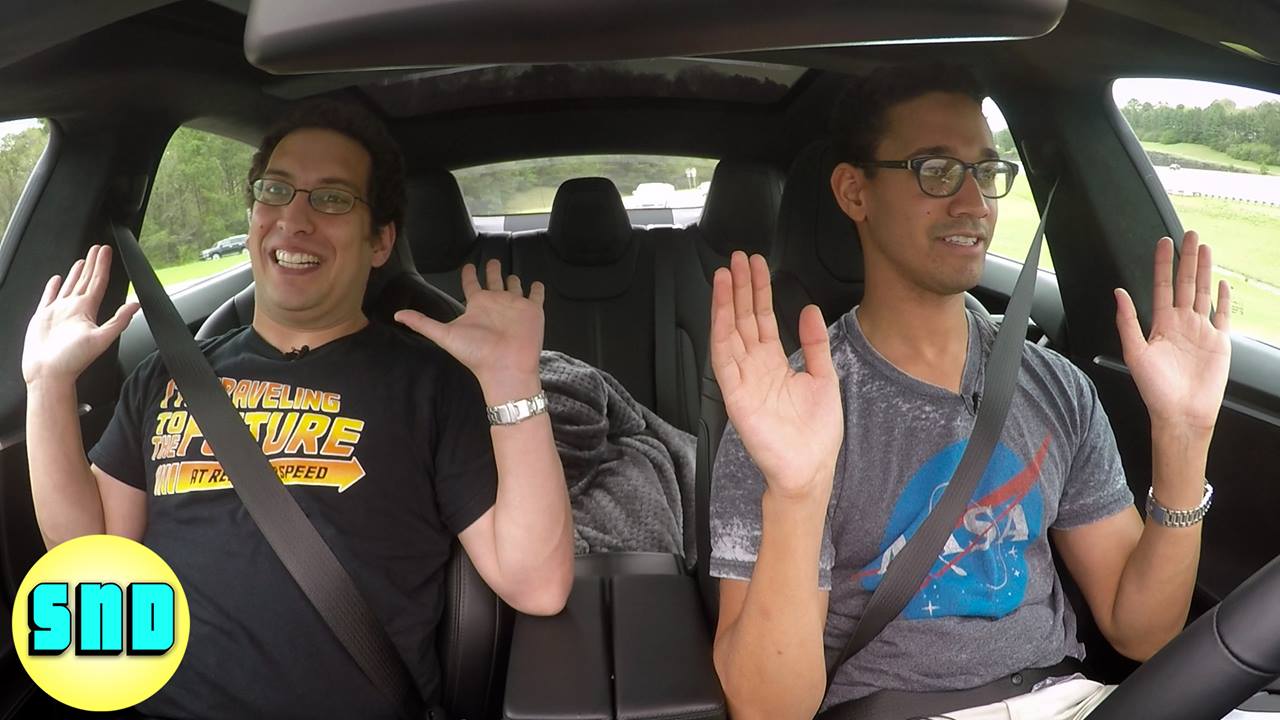
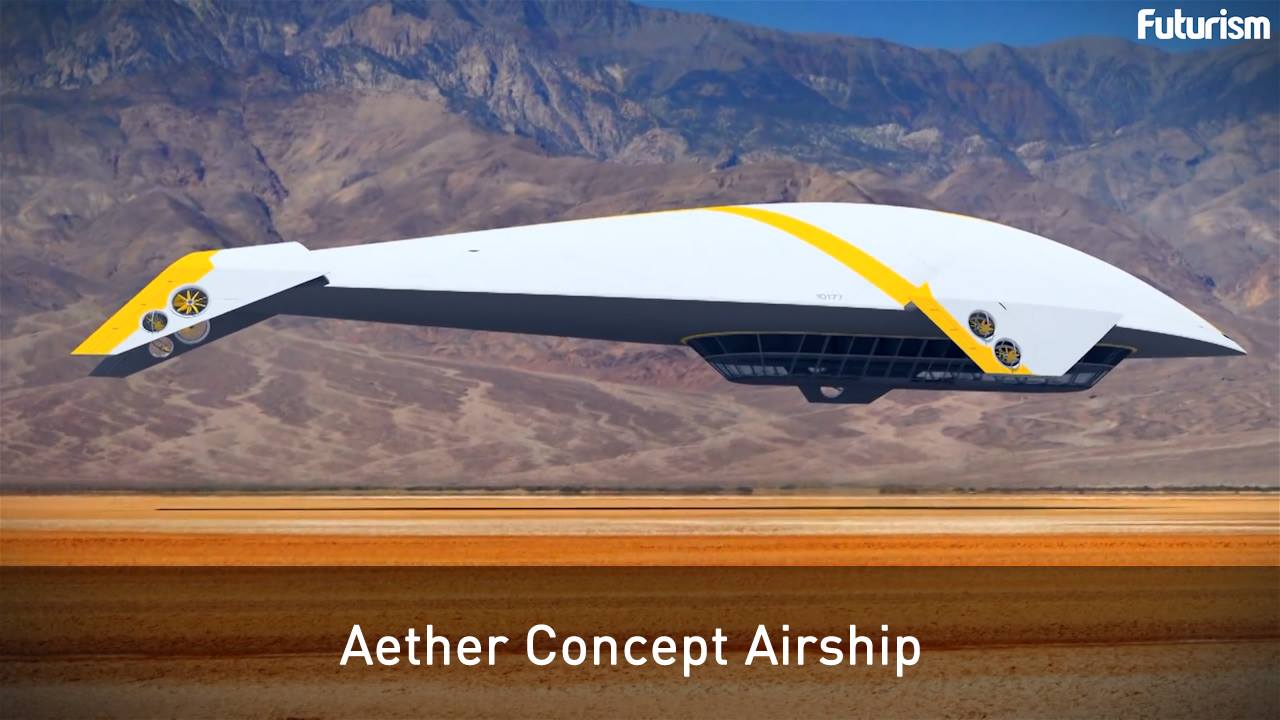
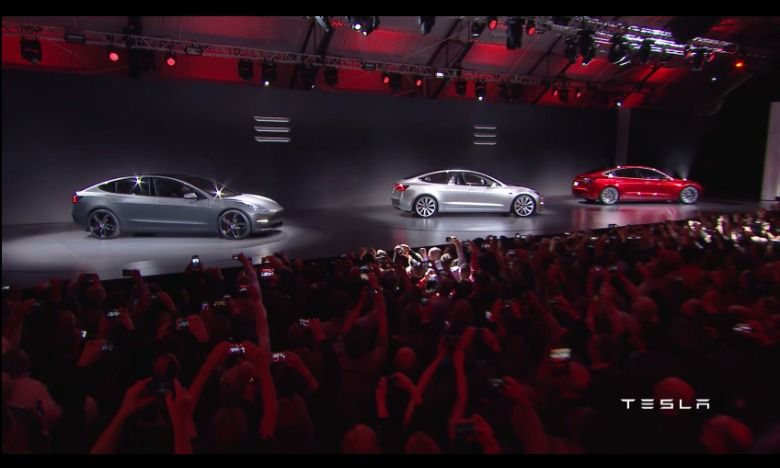
At long last, here’s our first look at the Tesla Model 3, the company’s debut mass-market electric car starting at $35,000 and (perhaps) launching next year.
Telsa CEO Elon Musk unveiled the vehicle to the press and relentless devotees during an event at the company’s design studio in Hawthorne, California this evening.

After ten years of waiting, Tesla has revealed the Model 3, the vehicle that CEO Elon Musk hopes will take the electric car to the masses.
At the unveiling of the Model 3 this evening at the company’s design studio in Hawthorne, California, Tesla CEO Elon Musk said the car will deliver at least 215 miles of range beginning at just $35,000 — that’s a bold claim, and an important one for Tesla to meet. Musk is “fairly confident” that deliveries will begin by the end of 2017, and “you will not be able to buy a better car for $35,000, even with no options.”

“What is the best way to get from A to B by public transit? Google Maps is answering such queries for over 20,000 cities and towns in over 70 countries around the world, including large metro areas like New York, São Paulo or Moscow, and some complete countries, such as Japan or Great Britain.”
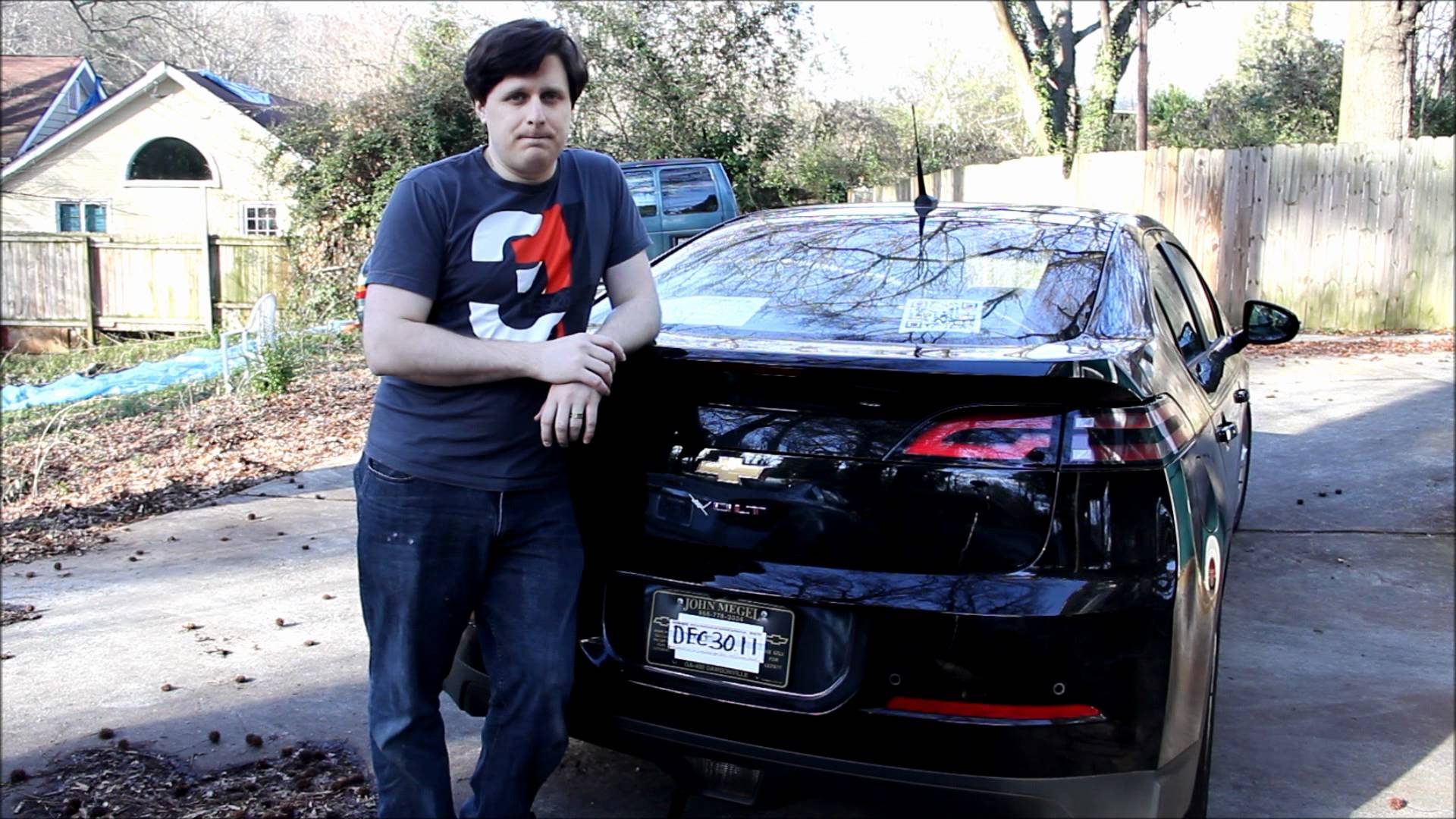
In a majority vote, the lower house of Dutch parliament supported a motion to no longer allow new sales of petrol or diesel cars from 2025. The action was brought by the PvdA, which would bring forward Netherland’s commitment to full electric transportation by decades.
If followed through on (via a Labour motion for the Cabinet’s support), in 2025 only sustainable, zero-emission cars will be available to be purchased.
We assume those still individuals and businesses requiring petrol vehicles (that are yet to be offered via a plug) will have to rely on the used segment of the market from this point on.